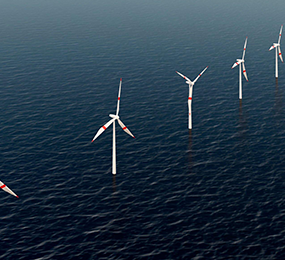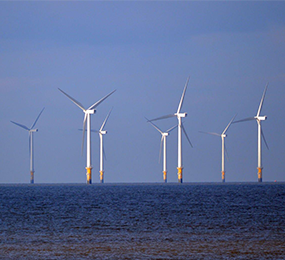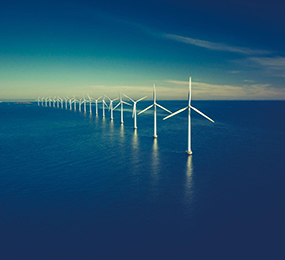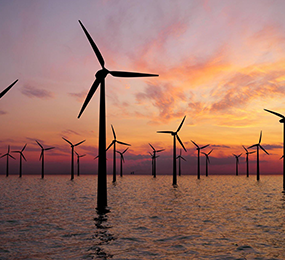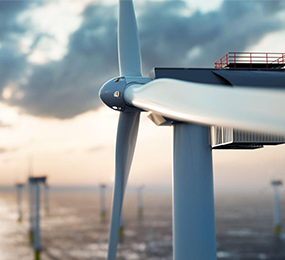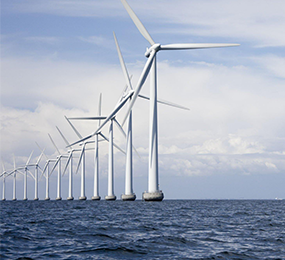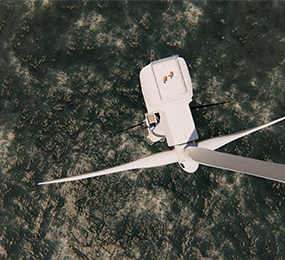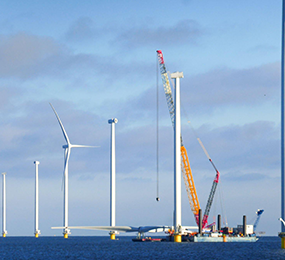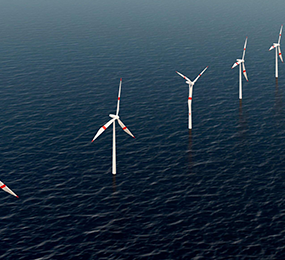Floating offshore wind energy has emerged as a promising technology for harnessing clean energy from deep waters. However, to realize its full potential, the industry must transition from pilot projects to large-scale commercial deployments. Accelerating industrialization and commercialization is crucial for driving down costs, building robust supply chains, and attracting significant investment.
Key Strategies for Industrialization:
- Standardization and Modularization: Implementing standardized designs and modular components can streamline manufacturing processes, reduce costs, and improve efficiency. This approach allows for economies of scale and facilitates the development of specialized supply chains.
- Automation and Robotics: Integrating automation and robotics into manufacturing and assembly processes can increase productivity, improve quality control, and reduce labor costs. This is particularly important for large-scale production of floating platforms and mooring systems.
- Developing Dedicated Manufacturing Facilities: Establishing dedicated manufacturing facilities for floating wind components, such as platforms, mooring systems, and dynamic cables, is essential for scaling up production and ensuring a reliable supply chain.
- Investing in Port Infrastructure: Upgrading port infrastructure, including deep-water quays, heavy-lift cranes, and storage facilities, is crucial for supporting the manufacturing, assembly, and deployment of large floating wind farms.
Accelerating Commercialization:
- Cost Reduction: Driving down the levelized cost of energy (LCOE) is paramount for making floating wind competitive with other energy sources. This requires continued innovation in turbine technology, platform design, and mooring systems, as well as economies of scale in manufacturing and installation.
- Developing a Robust Supply Chain: Building a robust and resilient supply chain is essential for ensuring the timely and cost-effective delivery of components and services. This involves fostering collaboration between manufacturers, suppliers, and service providers.
- Streamlining Permitting and Regulatory Processes: Clear and streamlined permitting and regulatory processes are crucial for attracting investment and accelerating project development. Governments can play a key role in creating a supportive policy environment.
- Demonstrating Commercial Viability: Successful large-scale demonstration projects are essential for building investor confidence and proving the commercial viability of floating wind technology. These projects can serve as valuable learning experiences and help to refine best practices.
- Creating a Stable Market Demand: Long-term policy commitments, such as renewable energy targets and contracts for difference, are essential for creating a stable market demand and attracting long-term investment in floating wind projects.
Collaboration and Knowledge Sharing:
Collaboration between industry players, research institutions, and governments is crucial for accelerating the industrialization and commercialization of floating offshore wind. Sharing knowledge, best practices, and lessons learned can help to avoid duplication of effort and accelerate progress.
Accelerating the industrialization and commercialization of floating offshore wind energy requires a concerted effort from all stakeholders. By implementing the strategies outlined above, the industry can unlock the vast potential of this technology and contribute significantly to the global transition to a clean and sustainable energy future.
To register or learn more about the Forum please check here: https://www.leadventgrp.com/events/5th-annual-floating-wind-europe/details
For more information and group participation, contact us: [email protected]


